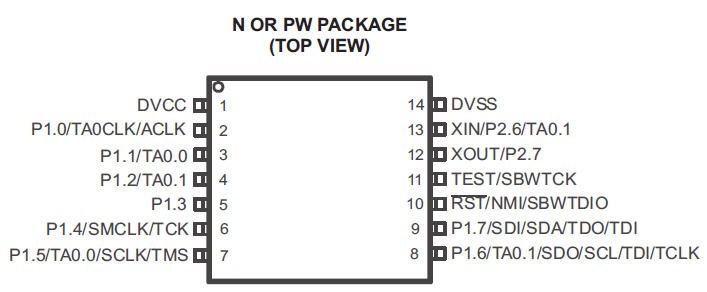Hi,
I'm new to microcontrollers, but i've started the learning process. I built a solar lithium battery charger, and now i'm trying to display how much charge is left in the battery using microcontroller and small LCD. I have never worked with microcontrollers before I looked at MSP430 launch pad, should I buy this product? Will this be able to display battery life on small LCD and can you guys advise me what LCD should i get and i wanna keep everything 3V or low.
Thanks


